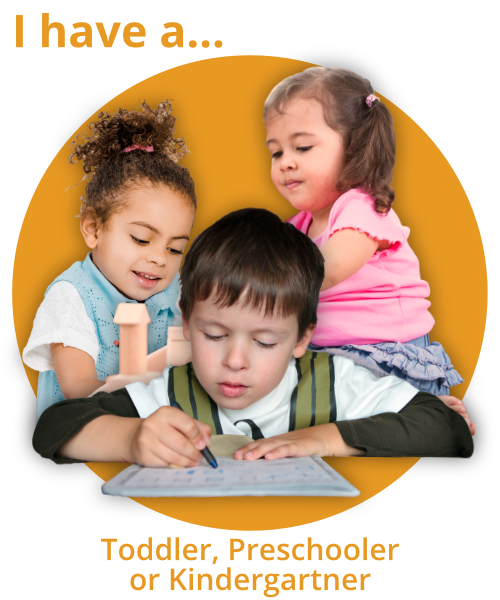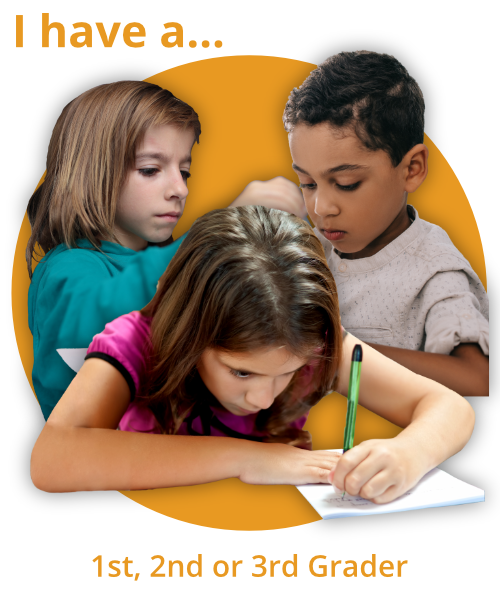Are Legos Montessori?
Are Legos Montessori? The answer to this question probably depends on who you ask. Are you asking a Montessori teacher while peering into her classroom, wondering if Legos are part of the Montessori curriculum?
The answer is no.
Legos were not around at the turn of the century when Maria Montessori was developing her curriculum for children. In fact, at the time of Montessori's death (1952), plastic Lego bricks as we know them had only been in production for three years. As a constructive toy, they are still fairly young by comparison. So they definitely aren't Montessori materials. However, let's consider them in light of Montessori philosophy and see how they measure up.
Legos strengthen the pincer grip. That's when the index finger and the thumb squeeze together to hold a tiny object, like a baby learning to pick up peas. You will see children without strong pincer grips using their whole hands to grab objects instead. The muscle control necessary for a strong pincer grip is something that builds over time as children explore their environments.
Preschoolers especially enjoy practicing this skill, and Montessori pinpointed the reason why: a strong pincer grip is essential for handwriting. The Montessori 3 - 6 Year Old curriculum focuses on developing this fine motor control through several areas in the classroom. Children serve food using tongs and other utensils. In the math area, you'll see that the golden beads are tiny pea-sized objects that must be picked up and placed carefully. Montessori children are taught sewing (yes, with real needles!).
In the art area, children practice with eyedroppers to drop one water droplet at a time. The list goes on and on. I haven't even mentioned the classic metal insets, which refine pencil control and motion. The way I see it, Legos fit right in here!
Legos teach structural engineering skills. Now this isn't my field, but even I can see that when my five year old works to build a Lego building, he is problem solving. Fitting the plastic bricks together feels good the developing fingers, but the mind is deep in the process of visualizing and realizing an idea of what to build.
In Maria Montessori's words, "The human hand allows the mind to reveal itself." Just like in real life architecture, the child is constantly evaluating the strength and durability of the structure as he is building. Is the design wobbly? Where is the best placement for another brick to add support? What size works most effectively without putting the structure off balance? How much weight can the structure hold before buckling?
In The Montessori Method, Maria Montessori describes a school doing an activity which she found inspirational. The children were creating miniature walls with tiny, homemade bricks and real mortar. After the art of wall building was mastered in model form, the children then ventured outside to plan for an actual (small) building on the school grounds. This time they would go outside with their little shovels and help the adults dig the foundation. Then they used their experience with model masonry to construct the houses from start to finish with real, regular sized bricks.
This inspiring story has my own mind whirling with the artistic possibilities for building with my children! I imagine myself and the kids mashing some kind of clay mixture into molds. I realize that I do not own a kiln. I briefly ponder purchasing one and immediately nix it. I close my eyes and see the playhouse that children and I created with our own hands, and then I look outside into my tiny yard (which is for the most part just a patio) and remember that we are renting this place.
I sigh.
I think about how my own house was built out of bricks not so long after Maria Montessori died. I think about the smooth, creamy white stones that built the iconic Washington Monument. I think about mirrored glass and metal pipes and concrete. I think about rockets. Airplanes. Robots. And I think again about Legos.
I'm not sure where the Lego company is going exactly. It's not all about the little plastic bricks for open-ended play anymore. There are now Lego amusement parks called "Legoland" where you can ride roller coasters and slide down a water slide on your giant Lego boat. My husband thinks this would be the coolest thing ever.
Lego stores are everywhere now. When the Lego store opened Dallas' North Park Mall, we joined the throngs of parents with small children in tow to witness an enormous Yoda head emerge from a pedestal. The stores themselves are like futuristic candy stores, selling brightly colored bricks by the piece in glowing, entire-wall displays. It is unnervingly, undeniably mouthwatering.
Legos are also now specifically made for girls, but not just any girls. Princessy girls. I was not pleased to learn this, since my boys strongly prefer the color pink themselves. There is a lot of controversy surrounding this decision. Those in favor see no problem with making an educational toy traditionally favored by boys more appealing to girls. Those opposed worry that by creating a very small, very pink section "for girls", the entire rest of the store is, in their eyes, "for boys".
Lego sets, where there are detailed instructions for making a very specific toy, completely eliminate creativity but do strengthen both fine motor and direction-following skills. I know several families who have developed elaborate systems to keep each of these sets separate from the general mix of bricks; this way the directions can be used over and over without the tiny pieces getting lost. My husband and I both have mixed feelings about those sets, so after we have followed the directions and built whatever it is the Lego company thought we would enjoy, we intentionally mix those pieces in with the rest.
And then there are the programmable robots kids can build called Lego Mindstorms! I have noticed that a lot of Montessori schools with elementary and middle-school aged children are jumping on this bandwagon. It's a pretty expensive set for home use, but the possibilities for creation and realization are pretty amazing. I love that Lego is leading the way for kids to become involved in the robot innovation of today.
By comparison, Montessori's story about children building their own little brick walls seems so...quaint. Children's physical development and needs remain constant, but today is a different world. Our challenge is slowing it down for their hands until their minds are ready.



